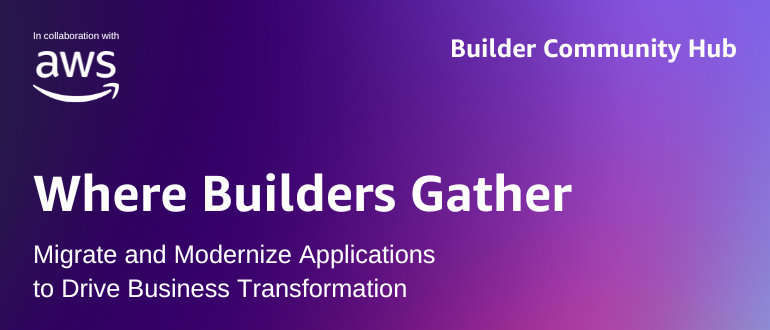Empowered by artificial intelligence, digital bad actors are wielding increasingly sophisticated forms of attack. And these AI-powered tactics are quickly outpacing the traditional, reactive cybersecurity approach many security teams still rely on to protect their hyper-connected enterprise IT environments.
That’s why, to level the playing field, enterprise security teams must begin to use AI — especially AI agents — to augment their existing human talent.
It’s the best way to fight back against today’s hackers who use AI for nefarious activities, like spamming target victims with phishing emails fiendishly tailored to the recipient’s interests. This tailoring increases the likelihood of messages reaching their targets and improves the chances that the user will click the compromised link. In fact, as a result of AI an estimated 47% of phishing attempts were able to make it past screening filters in 2024.
It’s quickly becoming impossible for humans to defend ever-expanding corporate networks on their own. Agentic AI, which operates with a high degree of autonomy, can give in-house experts the ability to predict, detect and respond to cyberthreats at the same machine speed hackers are now using.
Technology has long helped security teams do their jobs, of course. But AI can understand individual corporate environments with much greater intimacy than conventional methods, translating into more powerful outcomes. AI agents, for example, can more accurately separate real threats from false alerts, saving security teams time and energy. The agents are also able to guide practitioners through complex remediations, as well as identify corollaries that would escape the human eye.
Ultimately, an AI-driven threat intelligence approach allows teams to adopt a proactive defense strategy where artificial and human intelligence work side by side. Such a strategy can help security teams stay ahead of evolving risks and reduce the effects of attacks – even before they occur.
Here’s how agentic AI empowers threat intelligence teams and improves their overall cyber resilience.
From ‘’Main Kick’’ to Side-Kick
Chat-based LLMs, commonly known as Generative AI (GenAI), ignited the AI craze. But the future is in agentic AI systems. With GenAI, humans are in command, submitting queries that spur the technology to take action. But AI agents can suggest actions independently, and some may soon even be able to act with full autonomy.
In other words, employees will quickly become the sidekick, not the “main kick” who directs all the activity. This opens up new opportunities to automate the monotonous, time-consuming tasks that distract security teams from identifying and remediating real threats. AI agents can drive greater intelligence sharing to help experts move faster and more precisely.
Keep the Focus on Proactive Defense
Often, it’s the grunt work internal security teams need the most help with. Many teams are drowning in documentation, reporting, alerts and other information. It’s a struggle to discern the most immediate and time-sensitive threat intelligence.
Agentic AI can reduce these huge information sets to brief and actionable insights. Instead of people spending hours trying to analyze hundreds of pages of documentation, the technology can do it in seconds. The result is not just faster insights. Typically, the intelligence is more accurate, complete and up to date.
This means security teams can spend more time proactively defending and pushing back against hackers instead of merely gathering information about what’s happening.
Parsing Attacks and Campaigns
Cyberattacks happen quickly. Most of the time, security teams are instantly aware of issues needing further investigation. However, stealth campaigns are much harder to detect.
As breaches like SolarWinds proved, attackers can lurk in systems for weeks or longer. And when they do, it’s difficult for human security teams to spot the connections amid the alerts that might otherwise detect these stealth campaigns sooner.
Agentic AI can easily parse vast data sets to spot these hard-to-detect anomalies, drawing connections between them to alert security practitioners to ongoing campaigns against the company.
Minimizing False Positives
Many of the potential alerts cybersecurity teams receive are not flagging actual issues. The constant rush to interpret what often ends up being false positives draws security professionals away from actual risks and can erode morale.
With an added intelligence layer to review alerts before they reach humans, agentic AI can winnow the number of harmless signals flagged as potential risk, saving professionals hours of grunt work.
And for the alerts that still make it through, AI agents can offer instant intelligence to human security analysts, who can quickly review them to determine whether there’s a risk or simply another false positive.
Keeping Data Secure
The greater use of AI will only accelerate the constant tug-of-war between bad actors and internal security teams. While the technology will certainly help enterprises better defend against the onslaught of digital attacks, hackers will always find new, more effective methods to use AI to amplify their attack efforts.
That’s why organizations must move with urgency. They must begin to adopt AI in controlled ways within their security operations. These initial deployments will help enterprises learn how to effectively use the technology to mitigate risk and stop threat actors from reaching their target: the company’s data.

